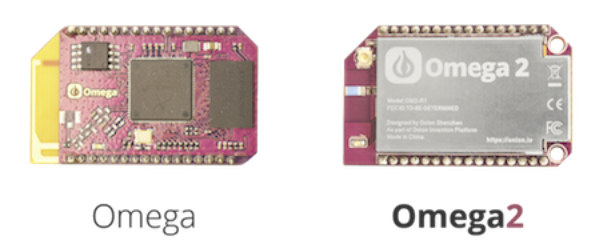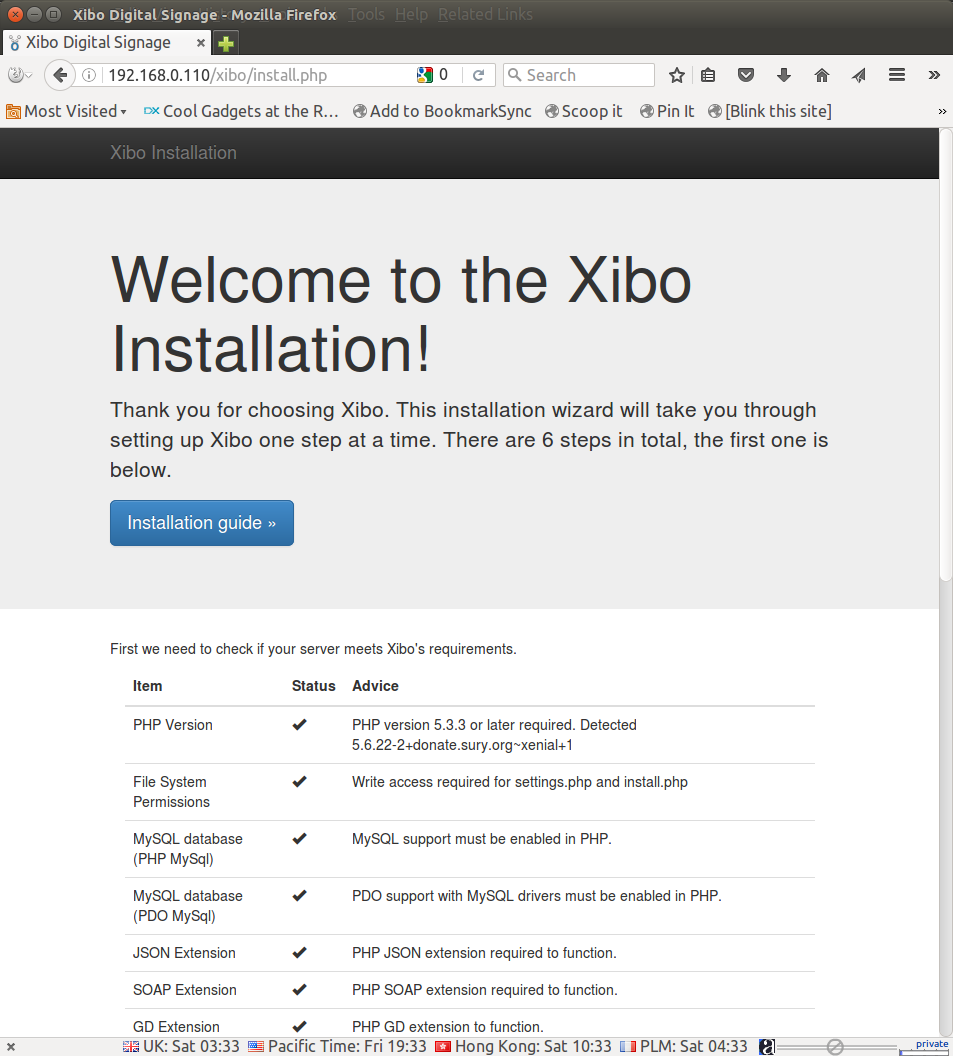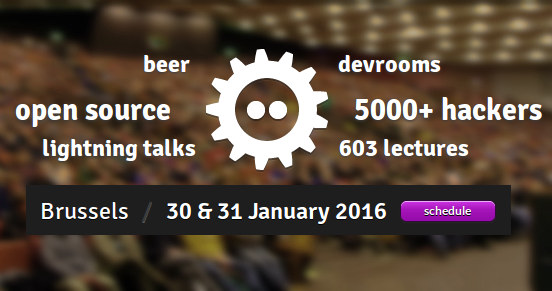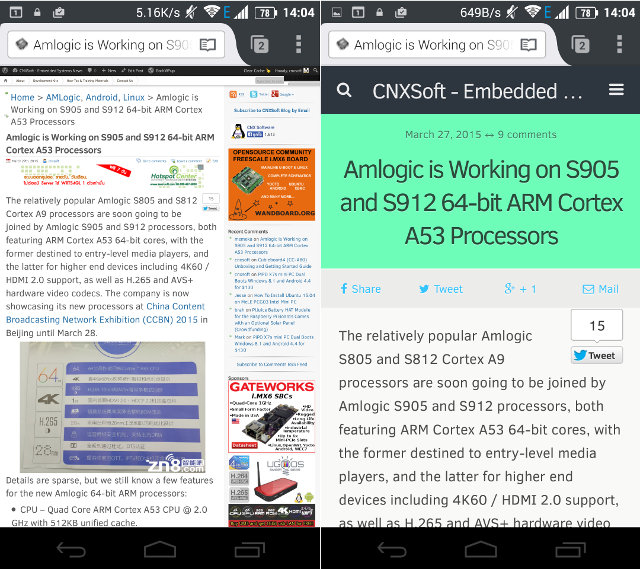Onion Omega board was first introduced in 2015. The tiny OpenWrt Linux board featured an Atheros AR9331 processor with GPIO headers, and various baseboards and add-ons. The company has now launched a Kickstarter campaign for the second versions – Omega2 & Omega2 Plus – with a faster processor @ 580 MHz, compatible with docks and add-ons boards used for Omega, and a much lower price with $5 for the Omega2, and $9 for Omega2 Plus with more storage and memory. Omega2 & Omega2 Plus specifications: WiSoC – 580 MHz processor, possibly Mediatek MT7688 MIPS processor used in LinkIt Smart 7688 System Memory Omega2 – 64MB Omega2 Plus – 128MB Storage Omage2 – 16MB flash Omega 2 Plus – 32MB flash + micro SD slot Connectivity Built-in – 802.11 b/g/n WiFi with on-board and external antenna support Via add-on boards – Bluetooth 4.0 LE, GPS, and 2G/3G Expansion – 15x GPIO, […]
How to Install PHP 5.6 (and Xibo Digital Signage CMS) in Ubuntu 16.04
Xibo is an open source digital signage using a client / server architecture, and in the past I wrote a tutorial showing how to use it, and ran Xibo Python client on ARM Linux TV box, but with software handling only so rendering scrolling text was not very smooth at all, and video decoding was not really possible. But now I have Star Cloud PCG02U Intel TV stick which costs just $70 shipped with Ubuntu 14.04, and that I have upgraded to Ubuntu 16.04, and I thought that would be a great low cost Xibo Linux client which should have pretty good performance. I started by installing Xibo server, only to find out that the cross-platform Python client had been phased out, with now only Windows and Android clients available. So I canceled my plan. I still had some challenges installing Xibo server on Ubuntu 16.04, so I’ll report my […]
FOSDEM 2016 Schedule – Open Source Hardware and Software Event in Europe
FOSDEM (Free and Open Source Software Developers’ European Meeting) is a 2-day event that usually takes place on the first week-end of February in Brussels, but this year it will be on January 30-31. The event brings thousands of developers, hackers, and other person interested in open source technology who present their projects and share ideas. FOSDEM 2016 schedule is now available, and There will be 557 speakers, 612 events, and 50 tracks this year including 7 main tracks: Distros, Enterprise, Hardware, Communications, Miscellaneous, Office, Systems Administration, and Virtualization. So I’ve had a look at some of the talks, especially out of “Embedded, Mobile and Automotive” and “IoT” devrooms, and prepared my own virtual schedule although I won’t be able to attend. Saturday 10:30 – 10:55 – MIPS, the other side of the embedded by Alexjan Carraturo For many years MIPS processors have been involved in the embedded market, particularly […]
WordPress Mobile Caching with Zencache PRO Cache Plugin
This post has nothing to do with embedded systems, but I’ll document some of the changes I made to the website in the last few days for better mobile support. Recently Google sent me a message recommending to “Fix mobile usability issues found on http://www.cnx-software.com” via Webmaster Tools, and a user recently complained about readability from his smartphone. So I had to fix this issue. This involves WordPress cache plugins and WPtouch Mobile Plugin, the latter automatically generates a mobile version of the website as shown on the right in the screenshot above. In theory, it’s very easy, you simply install WPtouch Mobile plugin, and mobile user agents get served the mobile page while other get the desktop version. But when you mix it with a cache plugin, it can become more complicated, and desktop user may be served mobile pages, and mobile user may get desktop pages. The easiest […]
Detect Mobile Devices with WURFL in Websites and Mobile Apps
When designing a mobile application or webpage, you may want to know exactly to know what devices access your site or run your application for example to differentiate automatically between desktops, laptops, tablets and smartphones and provide a user interface which is appropriate for a given screen size. This can be achieved with WURFL (Wireless Universal Resource FiLe), a Device Description Repository (DDR). This software component maps HTTP Request headers to the profile of the HTTP client (Desktop, Mobile Device, Tablet, etc.) and provides a description of the capability of the device that made the request. WURFL repository is an xml file (wurfl.xml – Direct links to version 2.3.1: wurfl-2.3.1.zip or wurfl-2.3.1.xml.tar) containing the definition of thousand of devices which can be access using the WURFL APIs. Several large Internet companies such as Facebook and Google are using WURFL, and ScientiaMobile, the company behind WURFL, claims that it is the […]







